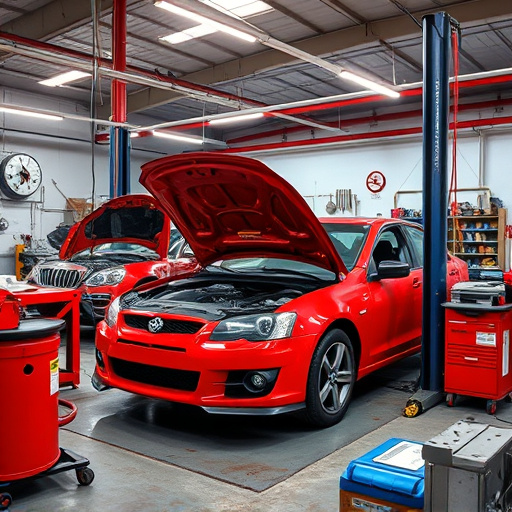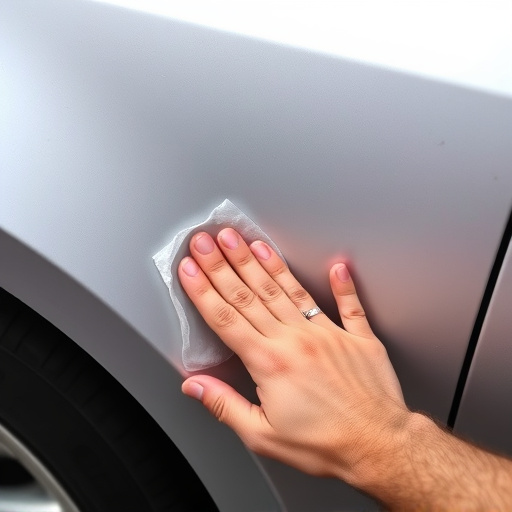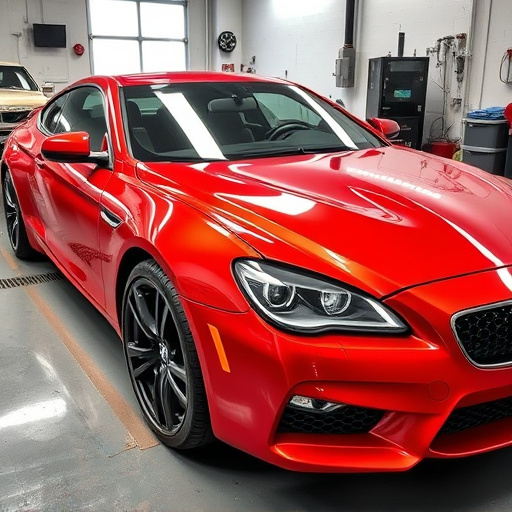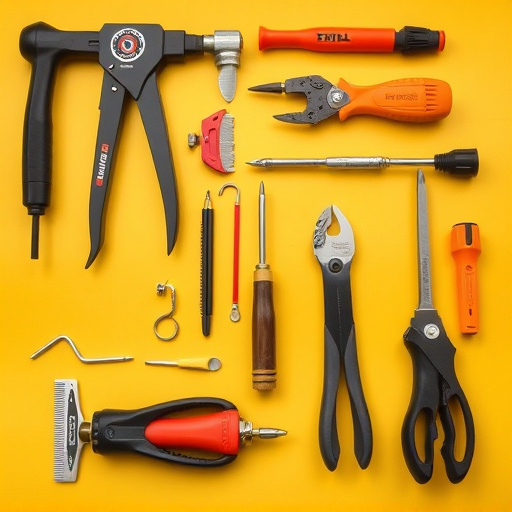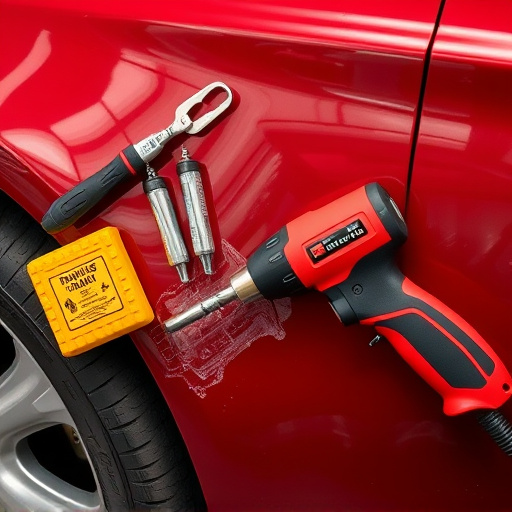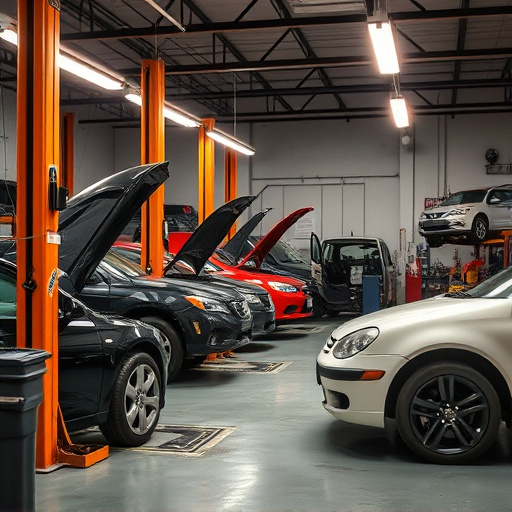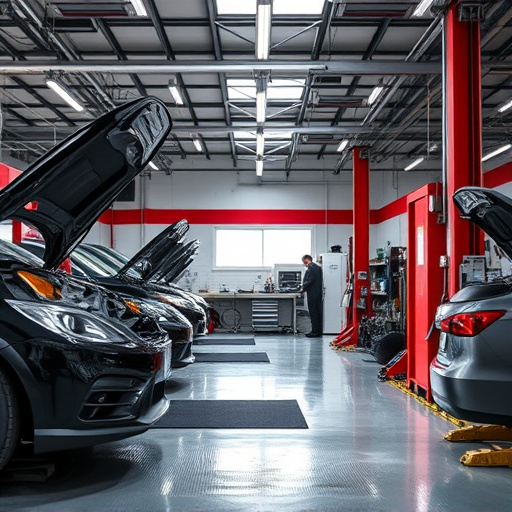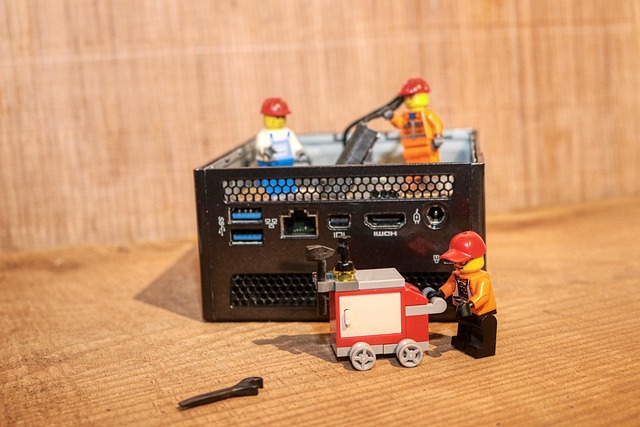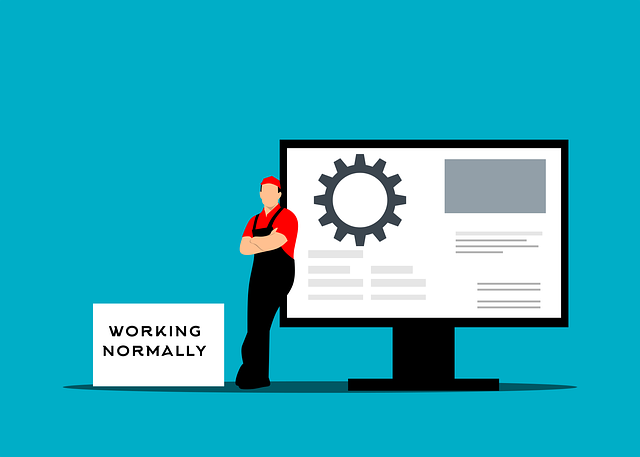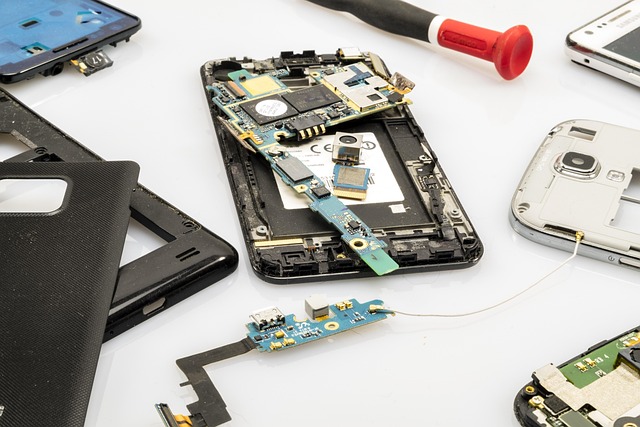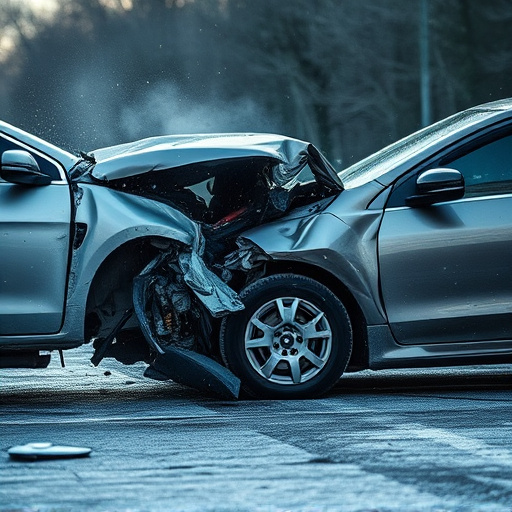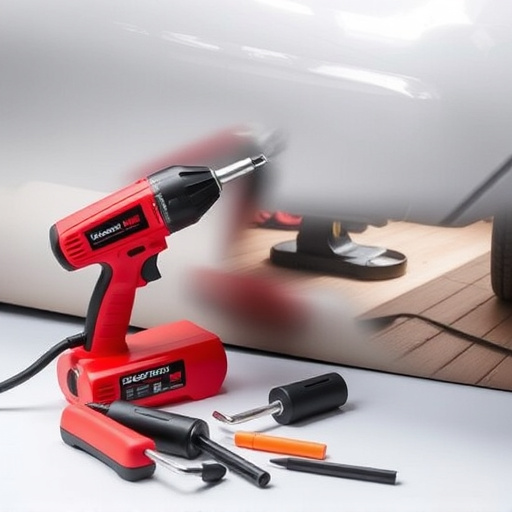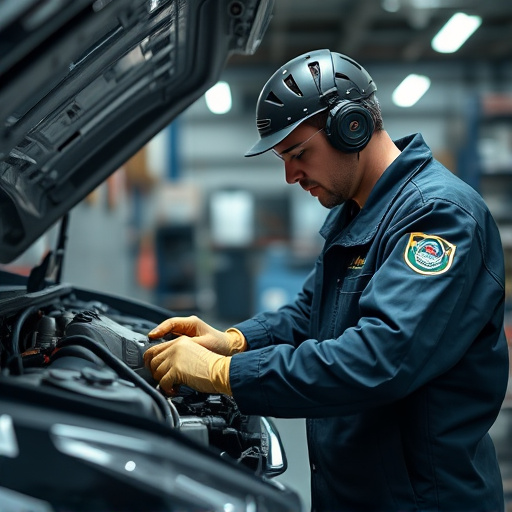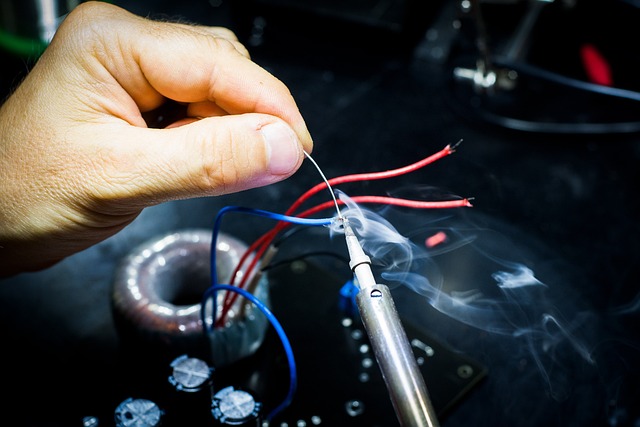PDR (Paintless Dent Repair) is an eco-friendly alternative to traditional car body maintenance, especially for steel panels. By using skilled technicians and specialized tools, PDR removes dents and scratches without painting or replacing parts, preserving the original factory finish. This method minimizes waste, reduces environmental impact, and achieves a seamless appearance, making it popular among environmentally conscious car owners. By adopting PDR, car body shops can lower their carbon footprint, conserve resources, and align with global sustainability efforts. The process involves four key steps: damage assessment, cleaning/preparation, panel deformation to reverse damage, and polishing for a virtually indistinguishable repair.
Discover the eco-friendly potential of PDR (Paintless Dent Repair) for steel panels. This innovative technique offers a sustainable alternative to traditional dent repair methods, reducing environmental impact and waste. From understanding the benefits of PDR to implementing its step-by-step process, this article explores how PDR can deliver both aesthetic improvements and green outcomes for your steel panel needs. Learn why choosing PDR is a smart, eco-conscious decision.
- Understanding PDR and Its Benefits for Steel Panels
- The Environmental Impact of Traditional vs PDR Methods
- Implementing PDR: A Step-by-Step Guide to Eco-Friendly Results
Understanding PDR and Its Benefits for Steel Panels
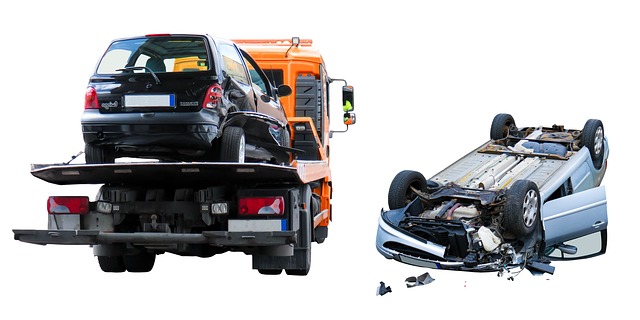
PDR, or Paintless Dent Repair, is a cutting-edge technique revolutionizing the way we maintain and restore car bodies, particularly steel panels. This non-invasive method involves skilled technicians using specialized tools to gently remove dents and scratches without painting or replacing parts. By employing PDR for steel panels, auto body shops can offer eco-friendly solutions that reduce waste and minimize the environmental impact associated with traditional car paint services.
The benefits of PDR for steel panels are manifold. Unlike mercedes benz repair processes that may require extensive bodywork, PDR preserves the original factory finish, ensuring a seamless and like-new appearance. This technique is highly effective on various vehicle surfaces, from sleek sedans to robust trucks, making it a preferred choice for those seeking reliable car bodywork solutions without the environmental footprint of conventional methods.
The Environmental Impact of Traditional vs PDR Methods
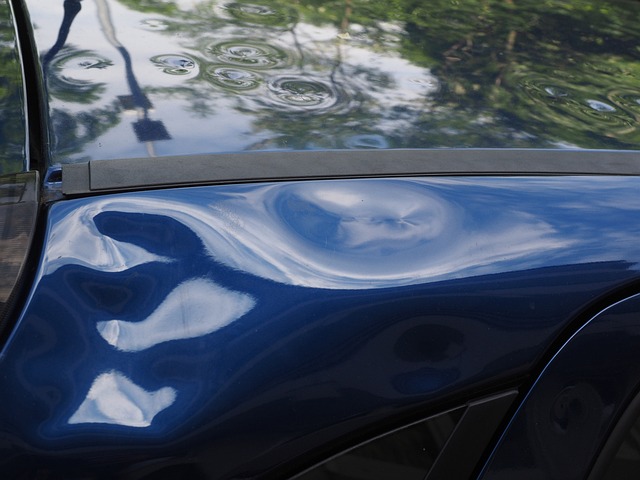
The environmental impact of manufacturing and repairing steel panels is a significant consideration in the pursuit of sustainability. Traditional methods, such as those used in car collision repair, often involve intensive energy consumption, leading to higher greenhouse gas emissions. The process typically relies on heavy machinery, generating substantial waste and contributing to resource depletion. In contrast, PDR for steel panels offers a more eco-friendly alternative. This innovative technique minimizes material waste and reduces the carbon footprint associated with traditional manufacturing and repair practices.
By adopting PDR, car body shops can significantly lower their environmental impact. It streamlines the process of repairing dents and dings on vehicles, eliminating the need for extensive sanding and repainting. This not only conserves resources but also diminishes air pollution caused by volatile organic compounds (VOCs) often found in traditional vehicle repair services. PDR’s efficiency translates to less energy usage, making it a sustainable choice for both steel panel manufacturers and repair facilities, aligning with global efforts to reduce carbon emissions.
Implementing PDR: A Step-by-Step Guide to Eco-Friendly Results
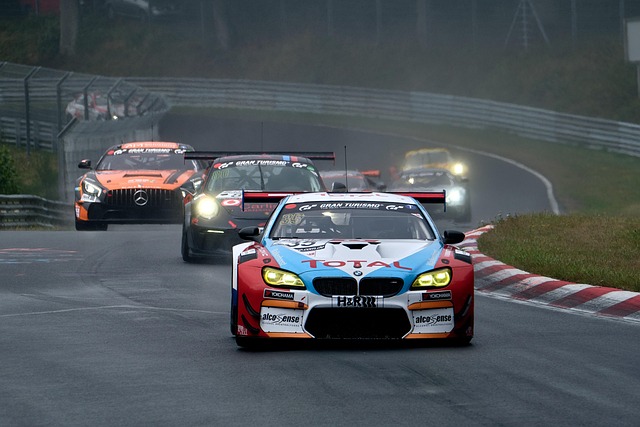
Implementing PDR for steel panels offers a sustainable alternative to traditional vehicle repair methods, with eco-friendly outcomes at every step. Here’s a simplified guide:
1. Assessment: Begin by thoroughly inspecting the damaged steel panel. Determine the extent of the dent or crease and assess if it’s suitable for PDR. Unlike auto dent repair techniques that might leave paint scratches, PDR preserves the original finish, minimizing waste.
2. Preparation: Clean the panel to remove any debris or dirt. This ensures a smooth surface for PDR tools to make contact effectively. Next, apply a special gel or compound to the dented area, which acts as a lubricant during the repair process. This step is crucial in achieving a flawless finish without leaving behind residue.
3. Deform the Panel: Using specialized tools like a metal slider or hammer and anvil, gently press down on the dented area to reshape the panel. This process reverses the damage caused by automotive collision repair incidents, restoring it to its original form.
4. Polish and Finish: Once the panel is back in shape, thoroughly clean it again. Then, buff the area until it matches the surrounding surface in terms of texture and gloss. Any remaining compound is removed at this stage, leaving behind a seamless repair that’s virtually indistinguishable from the rest of the panel.
PDR (Paintless Dent Repair) offers a sustainable solution for repairing steel panels, significantly reducing environmental impact compared to traditional methods. By minimizing paint waste and energy consumption, PDR contributes to a greener future. Following the step-by-step guide outlined in this article, businesses and individuals can easily adopt eco-friendly practices, ensuring that their steel panel repairs are both effective and beneficial for the planet. Embracing PDR for steel panels is a powerful step towards a more sustainable world.
